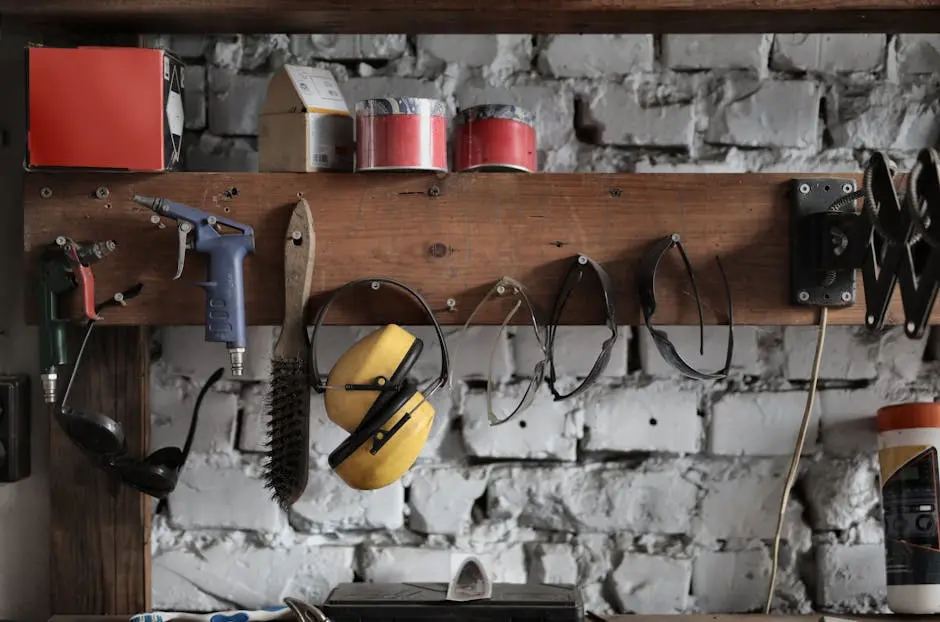How Do I Troubleshoot Common Garage Door Opener Issues?

Garage door openers are essential for convenient home access, but what happens when they stop working properly? In this guide, we’ll walk you through some common issues and how you can troubleshoot them.
Check the Power Source
First, ensure that your garage door opener is plugged in and the outlet is functional. It might seem basic, but the solution can often be as simple as a loose plug or a tripped breaker. By starting with the power source, you eliminate the most common, yet easily overlooked, issue from the get-go.
If the main power source is intact, consider testing another device in the same outlet to confirm it’s working. Utilizing this technique saves time in your troubleshooting process by focusing your efforts on legitimate electrical issues. If the power outlet is indeed faulty, calling an electrician would be the best course of action.
Inspect the Remote Control
Often, issues may arise from dead batteries or a faulty connection in your remote control. Replacing the batteries is a simple first step. Make sure to use fresh ones and check if the remote displays any visible signs of wear or damage.
If battery replacement doesn’t solve the issue, consider reprogramming the remote. Remote controls can lose their connection with the opener for various reasons, including long periods of disuse or signal interference. Learn more about troubleshooting remote connections and ensure that your remote is paired.
Examine the Door Tracks
Look for obstructions or misalignments in the door tracks that might impede movement. Sometimes items stored near the tracks can accidentally fall and create blockages. Remove any obstacles and clean the tracks thoroughly.
Misaligned tracks can cause the door to jam. Use a level to check that the tracks are aligned and adjust them accordingly. You may need to loosen the screws slightly, realign the tracks, and tighten them to ensure the garage door moves smoothly.
For more detailed guidance on maintaining and adjusting door tracks, visit our troubleshooting page for additional insights and tips.
Check the Door Springs
Faulty or broken springs can prevent your door from opening properly. Inspect them for any visible damage. Springs bear the weight of the door, so any defect in them can severely affect functionality.
If you suspect spring issues, it is often best to consult a professional. Learn about the role of door springs and the risks of DIY repair, as mishandling can lead to injury.
Test the Safety Sensors
Ensure that the safety sensors are aligned correctly and free from debris. These sensors are crucial for preventing the door from closing when something is in its path, making them an essential safety feature.
A quick way to test them is by closing the door using the remote, then wave an object in front of the sensor. The door should stop and reverse up if the sensors are functional. Properly working sensors keep your garage safety features in check.
Adjust the Limits and Settings
Check the limit settings on your garage door opener to ensure they are correctly configured. If the door doesn’t open or close fully, it might require an adjustment in the limits.
The limit adjustments dictate how far the door travels when opening and closing. Instructions are typically found in your opener’s manual, which can guide you through fine-tuning the settings for optimal performance.
For more assistance in dealing with opener limits or settings adjustment, consult our Garage Door Troubleshooting guide, which provides detailed help for various setups.
Wrapping Up Your Troubleshooting Journey
Troubleshooting your garage door opener can often be done with a little know-how and patience. By following these steps, you can address most of the common problems without needing to call a professional.


